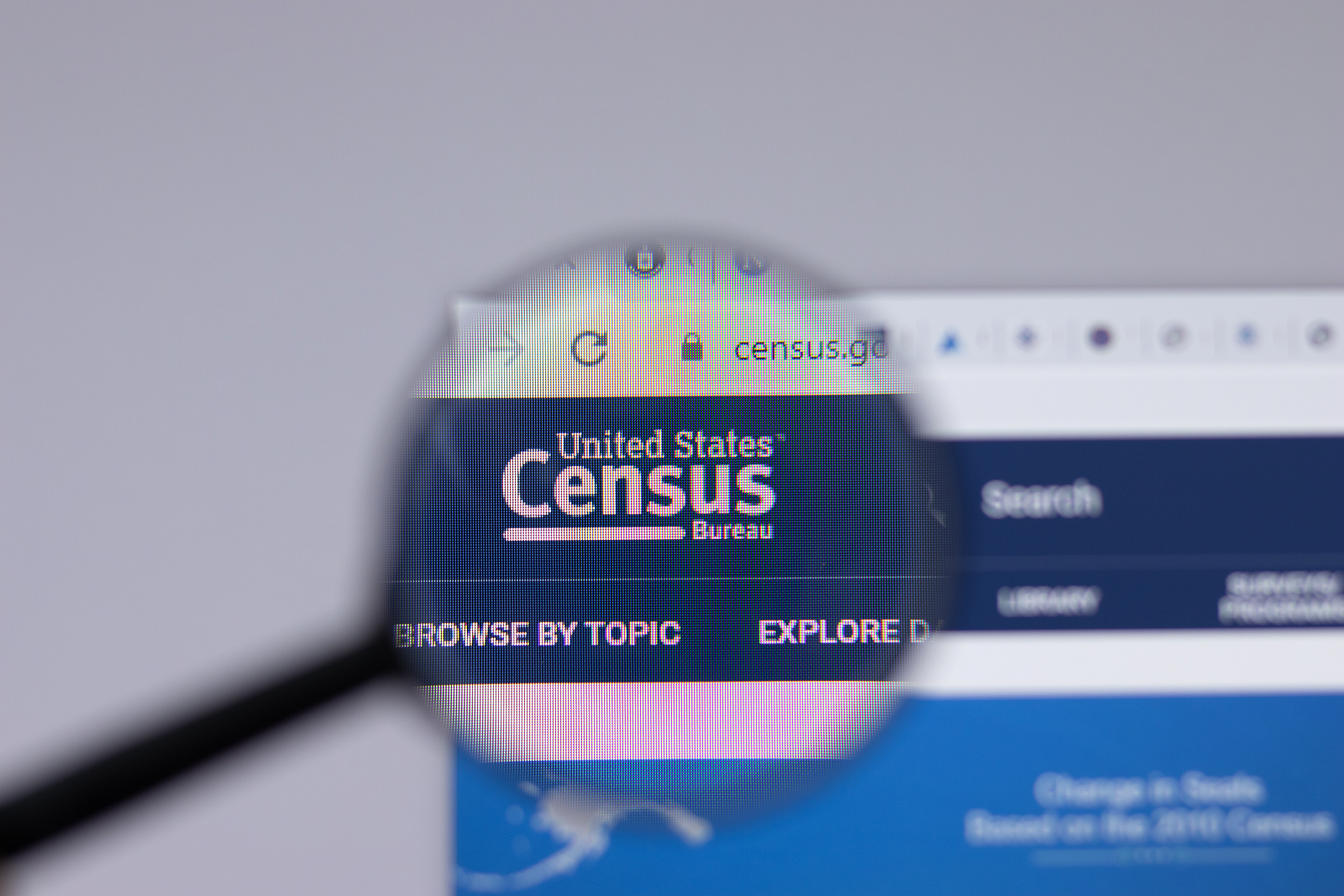U.S. Census 2020 FAQ for Cities in Iowa
U.S. Census 2020 FAQ for Cities in Iowa
Last updated December 2, 2021
When will cities know their 2020 Census population count?
On August 12, the U.S. Census released city population counts in a “legacy format.” On September 16, the Census released the population counts in a “user-friendly” format. The State of Iowa Data Center has released the counts as well as some 2020 Census demographics/race data that will be used for state-level redistricting on their website at: https://www.iowadatacenter.org/. Additional demographic data will be released in fall 2021.
ISU Extension & Outreach Community & Economic Development Programs and the League have partnered to release counts and analysis: https://indicators.extension.iastate.edu/Indicators/Census/. Included are city counts, change by count and percentage from 2010, and mapping to show changes across Iowa visually.
Has the State of Iowa certified the 2020 Census counts?
Yes, on August 13, 2021, the Iowa Secretary of State Office certified the 2020 Census counts.
How might counts change local revenues?
There are many federal and state revenue streams that use population as a part of their funding formulas. At the state level, two of these include road use tax funds (RUTF) and local option sales taxes (LOST).
Road Use Tax Funds (RUTF)
The Iowa DOT has confirmed that the new 2020 census population figures took effect with city RUTF allocations beginning in September 2021 (the month following census certification by the Iowa Secretary of State). See more:
City Populations for RUTF Distributions
How does population count factor into RUTF calculations?
RUTF is a state-shared revenue that is based on fuel tax collections, vehicle registrations, and other fees. It fluctuates month-to-month based on fuel consumption and registration/fee receipts. Then, it is sub-allocated to primary and secondary road funds, the city street fund, and the farm-to-market fund. TIME-21 funds are also added to city disbursements. More detail on these sub-allocations is on the League’s website at
Iowa DOT advised that the change in population changes RUTF estimates not only because of an increase or decrease in population but also because Iowa’s total population has changed, impacting the per capita allocation.
Farm-to-Market Roads
Since 2004, cities with populations of fewer than 500 have transferred the jurisdiction of their farm-to-market roads (and the corresponding road use tax money) to their county. Many cities have entered into 28E agreements with the county to return all or a portion of the responsibility for the roads back to the city, along with the RUTF. If a city’s population drops below 500 after its Census results are certified, they will transfer responsibility of their farm-to-market roads to the county on July 1 next year. A city that previously was below 500 in population and increases its population to more than 750 after a Census count will assume responsibility of farm-to-market roads in the city beginning July 1. FY 2022 RUTF estimates are available for cities less than 500 in population.
Local Option Sales Tax (LOST)
Due to the delays of the 2020 Census count data, the Iowa Department of Revenue (IDR) continued with the estimate and distribution process as normal for LOST. By law, this timeline is that on or by August 15 of each fiscal year, a written estimate will be sent to each city stating how much money the city will receive for each month of the following year. Ninety-five percent of the money will be distributed to the city by the end of the month following the month in which the money was collected. Any remaining amount due to the city at the end of the fiscal year will be sent to the city before November 10 of the next fiscal year. If an overpayment has been made, a reduced monthly distribution will begin with the November distribution until all overages are reconciled.
Given the U.S. Census certification in August 2021, IDR has begun the process of re-evaluating estimates and has indicated that it has/will issue city notifications of needed adjustments due to the official population change.
How does population count factor into LOST revenue calculations? Not all local option sales tax collected in a jurisdiction will be returned to the jurisdiction. The amount distributed is calculated based on a formula that takes into account the percentage of population and the property tax collected in the jurisdiction out of the total for the county. For a more thorough explanation of the formula and any other possible adjustments, visit the Iowa Department of Revenue (IDR) Web site.
How do new Census numbers impact state and local redistricting?
Typically redistricting begins earlier in the year following a decennial Census. However, with the delays in 2021, redistricting at the state level began when counts were released in mid-August 2021.
Iowa’s Constitution Article III, Section 35 calls for the state-level redistricting to be complete prior to September 15; otherwise, it falls to the supreme court to comply prior to December 31. In the past, Iowa’s Legislative Services Agency (LSA) has drawn proposed maps to be considered for approval, per Iowa Code section 42.2. Creation of a Temporary Redistricting Advisory Commission is also required, per Iowa Code section 42.5. This Commission is tasked with providing guidance to LSA, conduct public hearings, and report to the General Assembly on the redistricting plan.
Due to delays in Census data, the Iowa Supreme Court issued an order to extend the timeline for state-level redistricting to December 1. See https://www.legis.iowa.gov/legislators/redistricting, view the maps and more information about those maps and the state redistricting process and requirements.
The Iowa Legislature convened on October 5th and October 28th, for a special legislative session, and voted on redistricting map proposals provided by LSA. Only corrective amendments are allowed on the first two proposed maps; thus, the Legislature can vote only yes or no on the first redistricting plan. Because the first set of proposed redistricting maps was voted down, LSA prepared a second proposed redistricting plan, in accordance with state law. The second set of maps was approved at the October 28th special legislative session and was signed by Governor Reynolds on November 4, 2021.
What are city precinct/ward requirements related to Census, and will the delay in Census numbers for 2020 impact city elections this calendar year?
Per Iowa Code Section 49.7, subsection 2A, city councils must comply with requirements related to precinct and ward boundaries not later than 60 days after state redistricting becomes law (or September 1, if later) unless otherwise set by the General Assembly by joint resolution. The state redistricting was signed on November 4, 2021.
Cities should see the Iowa Secretary of State (Iowa SOS) Redistricting/Reprecincting website at https://sos.iowa.gov/elections/redistrictandreprecinct.html for more information on city requirements. And, email Iowa SOS at precinct.plan@iowa.sos.gov with any questions about the reprecincting/ward boundary process. The League also has a page dedicated to Census and redistricting information at https://www.iowaleague.org/resource/u-s-census-redistricting/.
Code of Iowa Section 49.7, subsection 5 also states that:
Precinct boundaries shall become effective on January 15 of the second year following the year in which the census was taken and shall be used for all subsequent elections. Precinct boundaries drawn by the state commissioner shall be incorporated into the ordinances of the city or county.
For more detail on local precincts and wards, see Code of Iowa Section 49.7.
Where can I find more information about the Census Count Question Resolution (CQR) program (related to local governments requesting a review of their 2020 Census results)?
In December 2021, the Census updated its website with a timeline and information related to the CQR process. Per Census guidance, on January 3, 2022, CQR cases will begin to be accepted from eligible local governments (through June 30, 2023). For more information on the CQR process, see: https://www.census.gov/programs-surveys/decennial-census/decade/2020/planning-management/evaluate/cqr.html
What other changes or resources might cities want to be aware of related to the 2020 U.S. Census?
Differential Privacy
Beginning with the 2020 Census, a differential privacy methodology will be applied to count results. This is an effort to increase the privacy of census takers but also impacts the accuracy of census counts. This can potentially have a variety of impacts on local communities, including funding formulas/allocations, demographic and social impacts, research impacts, etc. For more information, see http://www.iowaleague.org/wp-content/uploads/Census_differentialPrivacy-1.pdf; and https://www.icip.iastate.edu/help/dp.
What about publication requirements for cities (especially for those that go above or below 200)?
Iowa Code Section 362.3 contains the requirements for publications and references population count. The current understanding is that the population references would update to the most current populations certified by the State. In other words, when the State of Iowa certifies the U.S. 2020 population counts, the publication requirements would go by the new Census numbers. Those cities impacted include those who would increase above or decrease below 200. See https://www.legis.iowa.gov/docs/code/362.3.pdf
Relevant Links/Resources:
Iowa Secretary of State page on Redistricting/Reprecincting https://sos.iowa.gov/elections/redistrictandreprecinct.html
ISU Extension & Outreach Community & Economic Development Programs
https://indicators.extension.iastate.edu/Indicators/Census/
State of Iowa Data Center
https://www.iowadatacenter.org/






